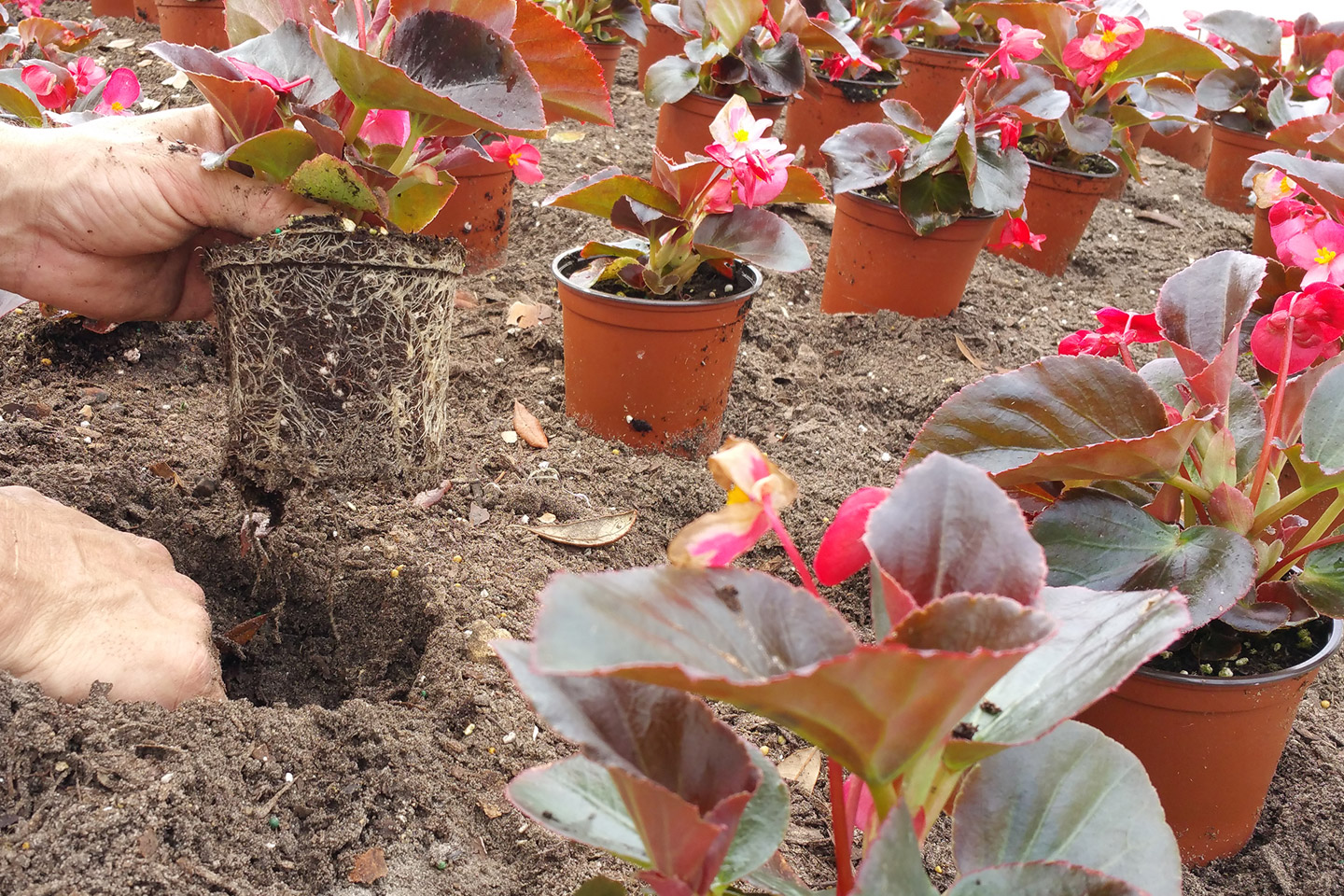Leaf Drop Removal and Management - Sit Down with CEPRA
While not as dramatic as our northern neighbors, our trees in Florida change significantly in the fall and winter months. Whereas deciduous trees are known to shed their leaves as a response to the change in seasons, evergreen trees, contrary to their name, also go through changes. Regardless of their classification, the old leaves need to be replaced with new ones over time. The speed of this replacement varies by tree species and this leaf replacement does not happen at once; however, your horticulture professional should understand the means of leaf management as it pertains to the tree species in your community. Below, we will dive into what you can expect in your leaf-drop removal and leaf management services, as well as their impact on the health of your landscape.
Examples of Evergreen Trees:
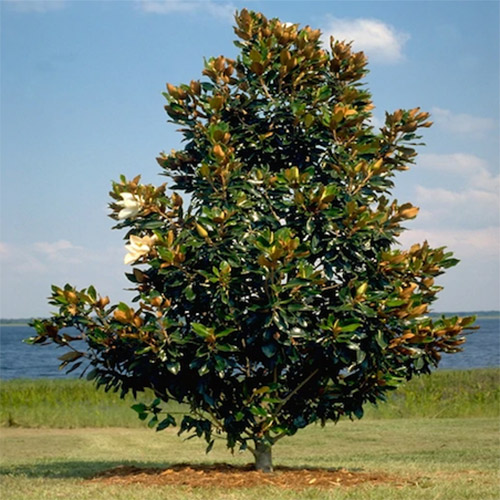
Southern Magnolia
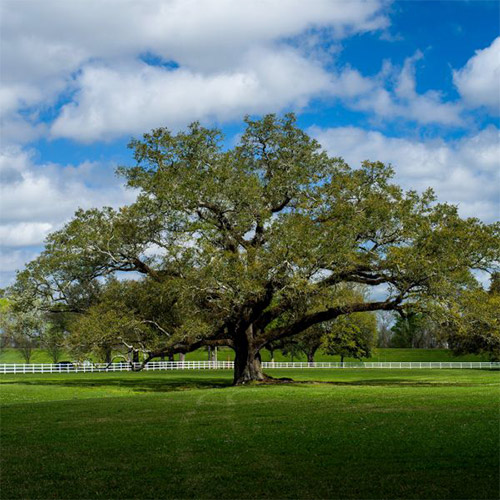
Live Oak
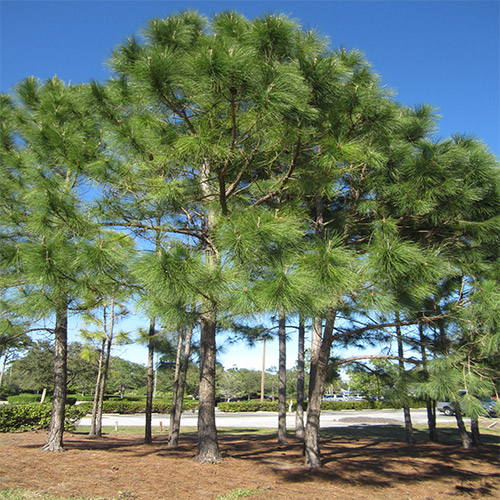
Slash Pine
Examples of Deciduous Trees:
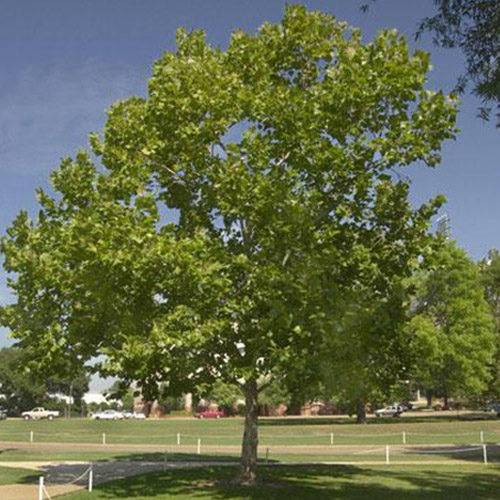
Sycamore
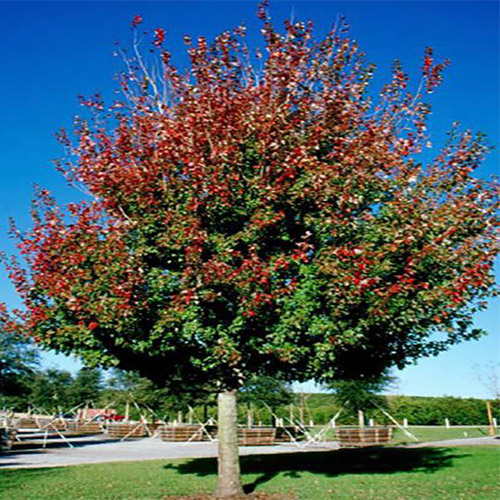
Maple
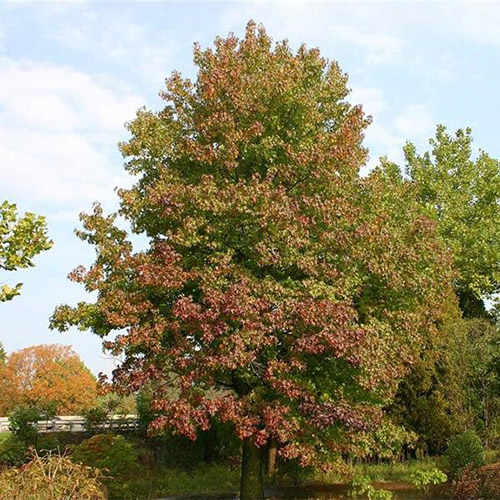
Sweetgum
How does leaf drop impact my community?
The leaf debris makes a significant impact on the appearance and health of the landscape. When neglected, many people associate excessive leaf build up in the landscape with an unkept property, reducing the overall curb appeal. Also, the accumulation of leaves in parking lots and on sidewalks can potentially lead to a pedestrian slip or trip hazard. Beyond the impact it has on the wellbeing of the residents, excessive leaves will inhibit the turfgrass from receiving the proper amount of sunlight to flourish. Additionally, since the moisture in the lawn doesn't get an opportunity to evaporate, fungus and other diseases can develop. This leads to a very sickly appearance in your landscape's turf.

When do leaf drops occur?
The timing of the leaf drop and the duration in which it takes place will vary greatly depending upon the species of the tree. For example, Sycamore trees start defoliating in late fall, and can continue to drop leaves for an additional 3 months or more. On the other hand, Live and Laurel Oaks will defoliate in the late winter/early spring months, and then will additionally drop their pollen-ladened flowers before the new leaves emerge.
Is leaf-drop removal included in my contract?
Typically, leaf-drop removal is not a routine task that is included in a basic maintenance contract. Before embarking upon this service, a clear expectation of the leaf drop removal requirements and frequency needs to be defined between the ownership of the property and the landscape professional. When requested, this service can be an "as needed" billable addition. Or, an agreed-upon number of services can be added to the contracted maintenance of the property. Remember that leaf-drop removal service is very labor-intensive, so be sure to ask about the expected hours your landscape maintenance provider projects to use when discussing the pricing. This is key for managers seeking multiple proposals of the service to get a more "apples to apples" comparison. Keep in mind that the expected hours proposed is a general idea based on your community's needs and the landscape professional's experience, and having flexibility with the pricing is important to fully achieve your community's desired look.
What can I expect from my leaf-drop removal service?
Leaf-drop removal can be a time-consuming process that requires a significant amount of equipment and labor to complete. When the leaves are in the shrub beds, they must be manually removed with blowers and hand rakes, and gathered onto a tarp or burlap. The leaf litter found in turfgrass areas can be returned as organic material to the soil profile with a lawn mower equipped with mulching blades. Leaves present in parking areas can be gathered into piles, removed from the property utilizing a leaf vacuum, and then transported to the landfill for recycling. When removing the leaf litter, careful attention is paid to not remove excessive amounts of mulch from the ornamental beds. This is why we recommend that the leaf-removal service should always precede the re-mulching of a property.
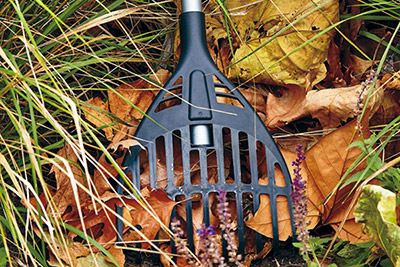
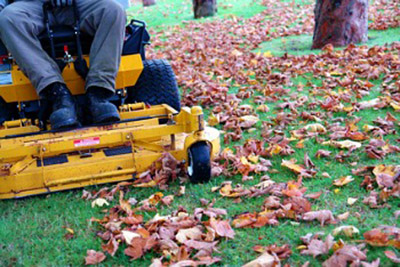
How can I be certain that the workers are performing the service safely?
All safety protocol should be followed while performing this service. Since the workers will be in and out of the parking lots and shrub beds, they could easily become involved in a dangerous situation with a vehicle. Caution also should be taken due to the significant amount of dust that will be generated when using a blower and a leaf vacuum. Coupled with the early morning dew, this is a recipe for disaster that will quickly upset a resident or visitor to the property if their car is coated in dust. Additionally, the crew needs to pay careful attention while working around vehicles as to not cause any damage with the equipment. While extra care is always taken to prevent damage to the vehicles, we cannot control how the dust spreads. Fortunately, this issue is purely cosmetic and quickly resolved with a good hosing down by the owner.
Has COVID impacted this particular service?
There has been an interesting side effect from the COVID pandemic that has affected the way at which your landscape professional looks at each site location ahead of performing this service. For instance, Pre-COVID, leaf removal at apartment communities was an easy to plan task since the parking lots were mostly empty during the day. Now that more people are working from home, the parking lots are full of vehicles and there is a higher potential for encountering pedestrian traffic. The opposite is now true with performing this service at Office Buildings. In the past, these parking lots were congested with vehicles; now they are practically empty, making the leaf removal easier to address. All this means is that more patience is required when handling the leaf-removal service in residential communities, to prevent any damage to the parked vehicles.
Conclusion
As you can see, there is quite a bit of work involved with leaf-drop removal! While a seasonal nuisance, the removal of the dropped leaves creates a significant benefit on your community. Its impact goes beyond appearances, and truly improves the safety and value of your community. We hope this guide helps you determine how leaf-drop removals fit into your community's lawncare regiment.
